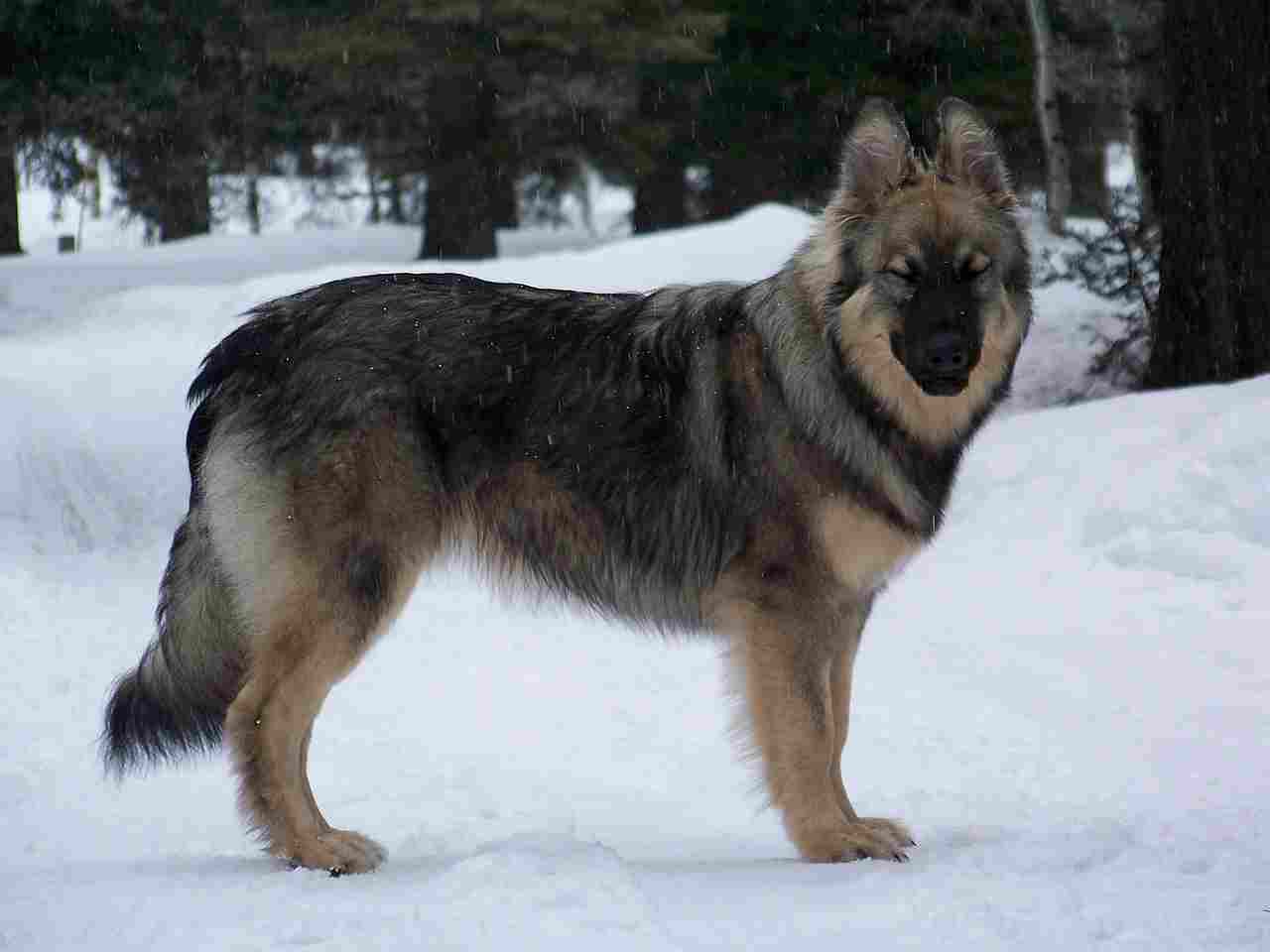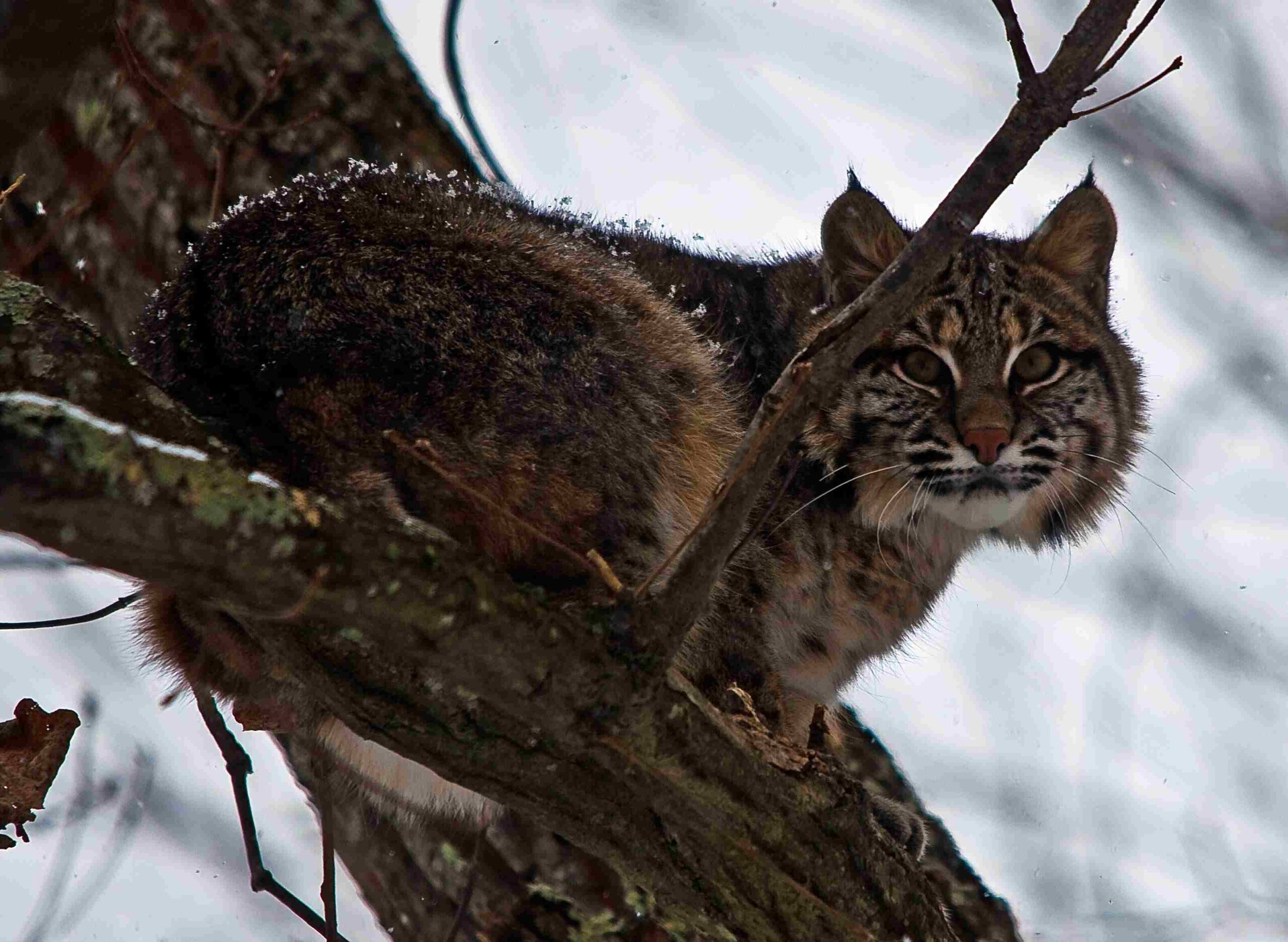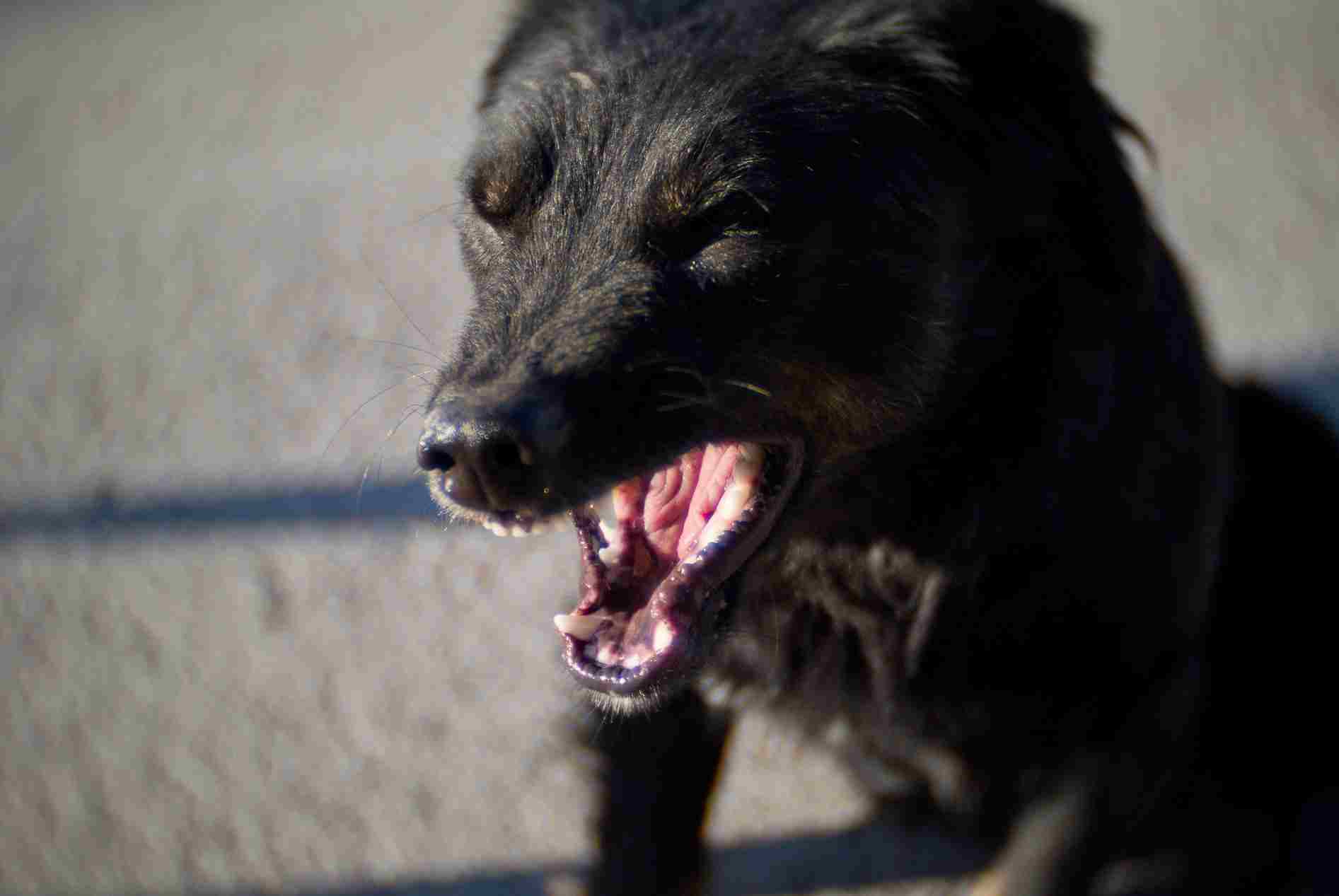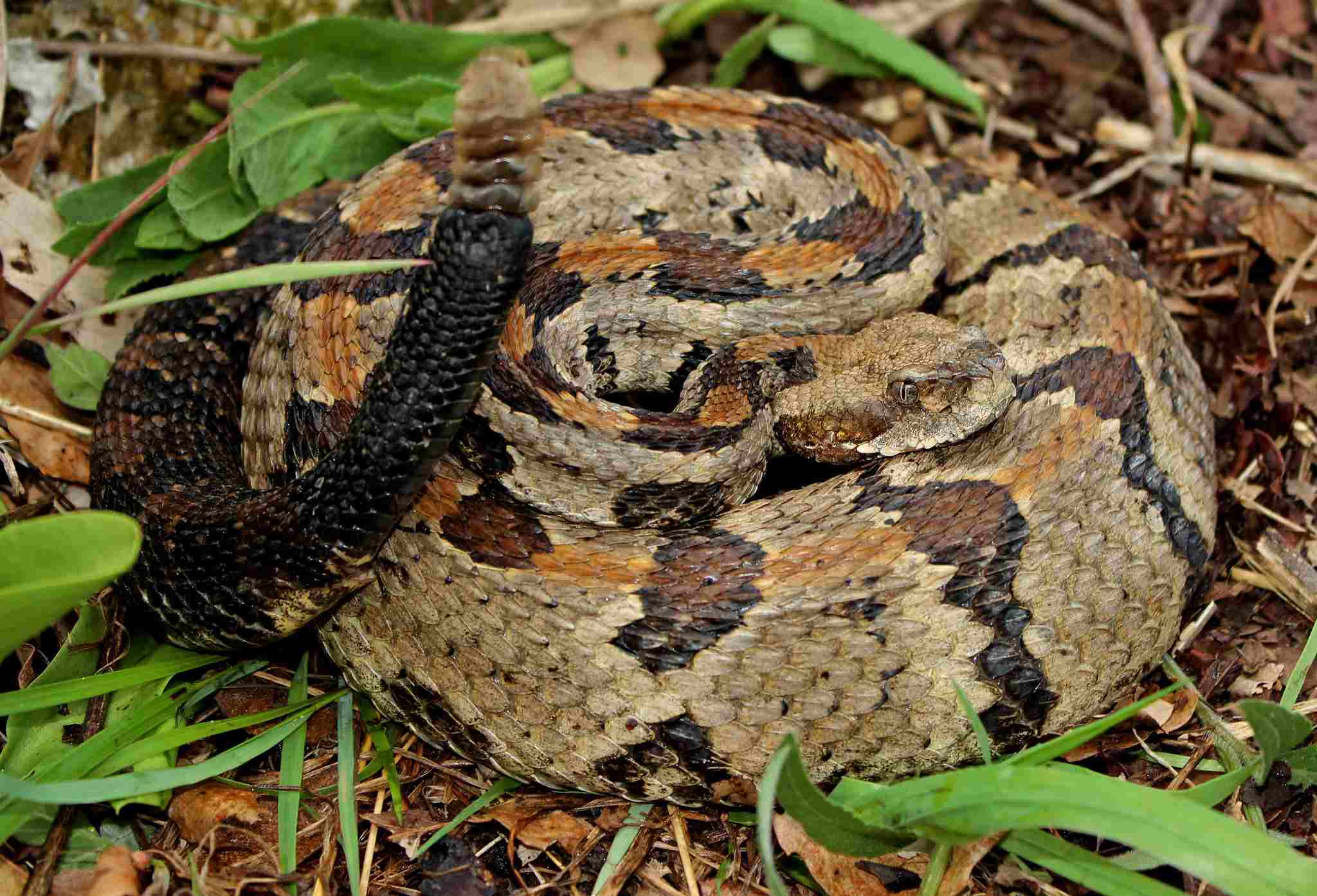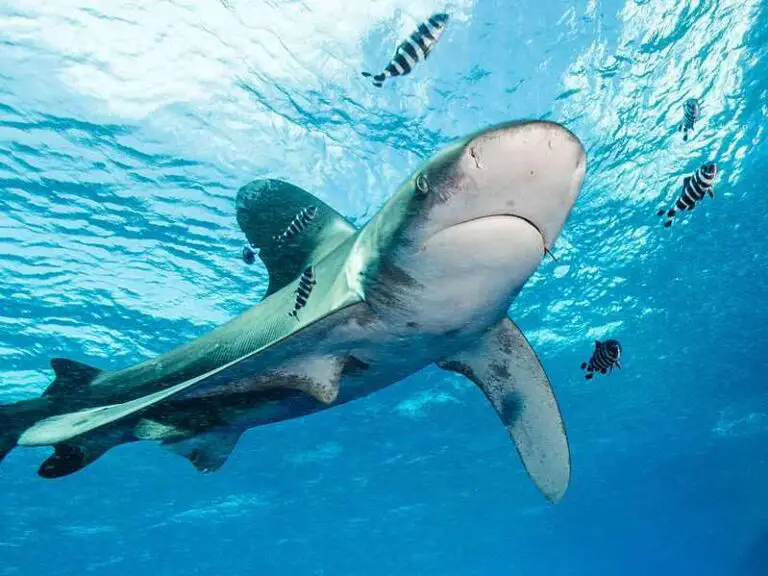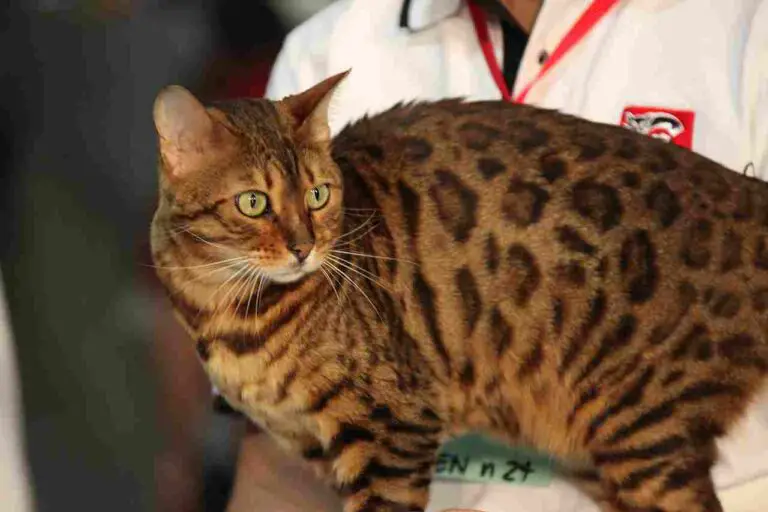Bobcat Vs German Shepherd Size, Weight, Overall Comparison
In considering a hypothetical confrontation between a bobcat and a German Shepherd, we examine their respective characteristics to anticipate the potential outcome. This analysis takes into account their taxonomy, appearance, size, weight, strength, and the potential impact of domestication on the German Shepherd’s behavior.
Bobcat vs German Shepherd: Assessing the Likely Victor in a Confrontation
In a theoretical face-off between a bobcat and a German Shepherd, the German Shepherd is expected to prevail in a fight due to its larger size, greater weight, and increased strength. Despite the domestication of the German Shepherd, the bobcat’s predatory superiority could lead to severe injuries for the dog.
I). Domestication of the German Shepherd:
– German Shepherds, as domesticated dogs, often exhibit traits shaped by human influence. While their behavior may differ from wild canines, their size and strength remain significant factors in a confrontation.
II). Size, Weight, and Strength of the German Shepherd:
– German Shepherds are much larger and heavier than bobcats, providing them with a substantial physical advantage. The strength of the German Shepherd can play a decisive role in controlling the encounter and potentially overpowering the smaller and more agile bobcat.
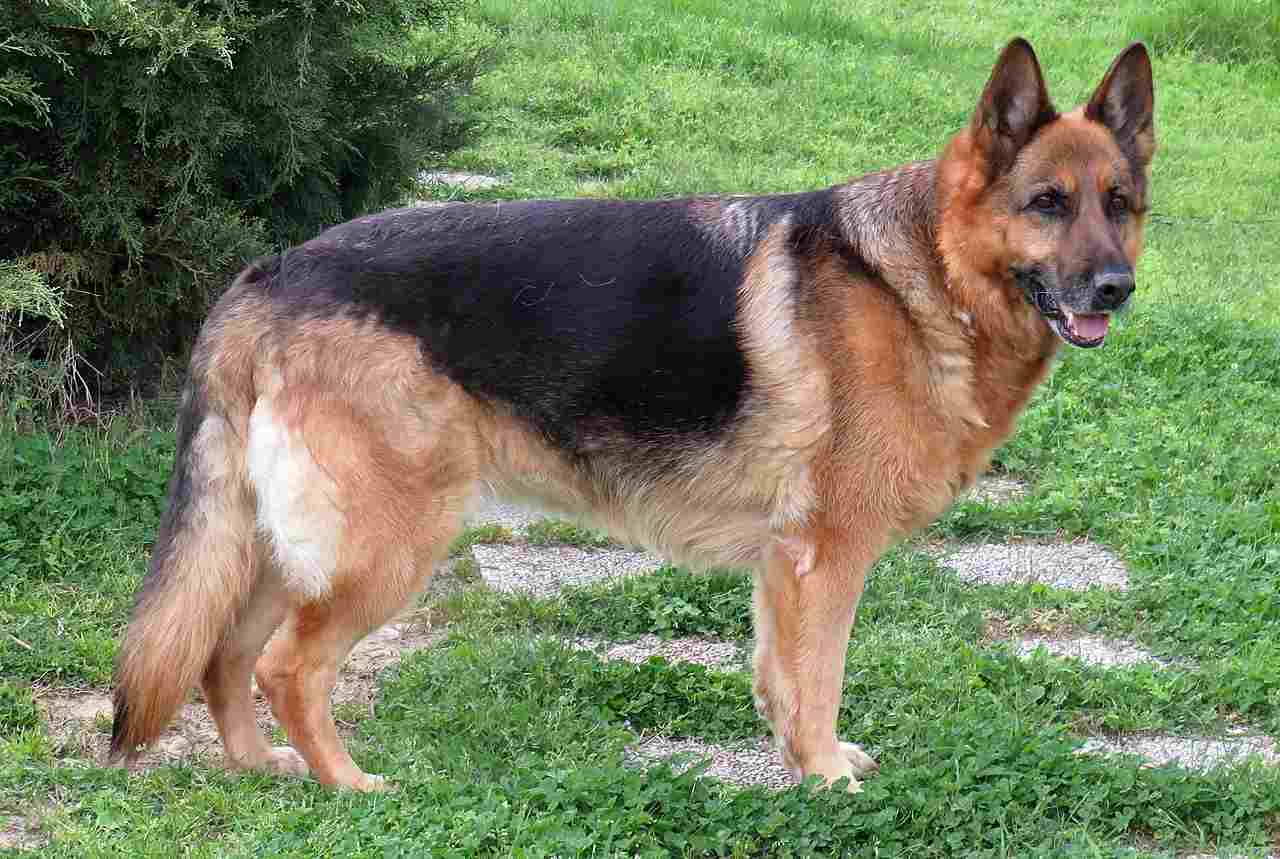
III). Predatory Superiority of the Bobcat:
– Despite the domestication of the German Shepherd, the bobcat retains predatory traits that could pose a threat. The bobcat’s sharp claws and teeth, coupled with its predatory instincts, may lead to severe injuries for the German Shepherd in a confrontation.
IV). Potential for Severe Injuries:
– While the German Shepherd may have size and strength on its side, the bobcat’s predatory features can still be formidable. In a fight, the bobcat’s ability to inflict severe injuries may pose a significant risk to the German Shepherd.
V). Overall Verdict:
– In a one-on-one fight, the German Shepherd is likely to prevail over the bobcat due to its larger size, greater weight, and increased strength resulting from domestication. However, it’s crucial to acknowledge the potential for severe injuries inflicted by the bobcat’s predatory traits. The domesticated nature of the German Shepherd provides advantages, but the encounter is not without risks, and caution should be exercised in hypothetical scenarios involving wild predators.
*Details of Comparison
| Criteria | Bobcat |
German Shepherd
|
| Taxonomy | Felidae, Lynx rufus |
Canidae, Canis lupus familiaris
|
| Appearance | Short, reddish-brown fur, tufted ears |
Double-coated, various colorations
|
| Size | 28-40 inches (length) |
22-26 inches (height), 22-26 inches (length)
|
| Weight | 15-30 pounds | 50-90 pounds |
| Bite Force | ~600 psi | ~238 psi |
| Offensive Advantages | Sharp claws | Powerful bite |
| Defensive Advantages | Agility, climbing ability |
Agility, protective instinct
|
| Speed | ~30 mph | ~30 mph |
| Agility | Highly agile | Highly agile |
| Physical Capacity | Stealth, agility, predatory prowess |
Versatility in strength, endurance, and agility
|
| Habitat Preference(s) | Diverse habitats, including urban areas |
Adaptable to various environments, commonly domesticated
|
| Tracks | Distinctive paw prints with retractable claws |
Larger paw prints, less prominent claws
|
| Lifespan | 7-10 years | 9-13 years |
| Mode of Feeding | Carnivorous |
Omnivorous, diverse diet
|
| Social Behavior | Generally solitary |
Social, forms strong bonds with humans and other dogs
|
| Reproduction | Seasonal breeders |
Domesticated, breeding often controlled by humans
|
| Parental Behavior | Female primarily responsible for raising young |
Both parents actively participate in parenting
|
| Proximity to Humans | Found in suburban and urban areas, avoids direct interaction |
Domesticated, commonly found in human households
|
| Behavior Toward Humans | Elusive, minimal direct interaction |
Social, forms strong bonds with humans
|
| Danger Posed to Humans | Rarely poses a threat, may become aggressive if cornered |
Generally poses minimal danger, may display protective behaviors
|
| Associated Precautions | Caution in areas, avoidance of direct confrontation |
Responsible ownership practices, training, and socialization
|
| Conservation Status | Generally “Least Concern” |
Not classified (domesticated)
|
| Conclusion |
Both share mammalian characteristics but have distinct ecological roles and behaviors. Understanding these differences is crucial for responsible coexistence and management.
|
1. Taxonomy:
Bobcat:
Kingdom: Animalia
Phylum: Chordata
Class: Mammalia
Order: Carnivora
Family: Felidae
Genus: Lynx
Species: rufus
German Shepherd:
Kingdom: Animalia
Phylum: Chordata
Class: Mammalia
Order: Carnivora
Family: Canidae
Genus: Canis
Species: lupus familiaris
2. Appearance:
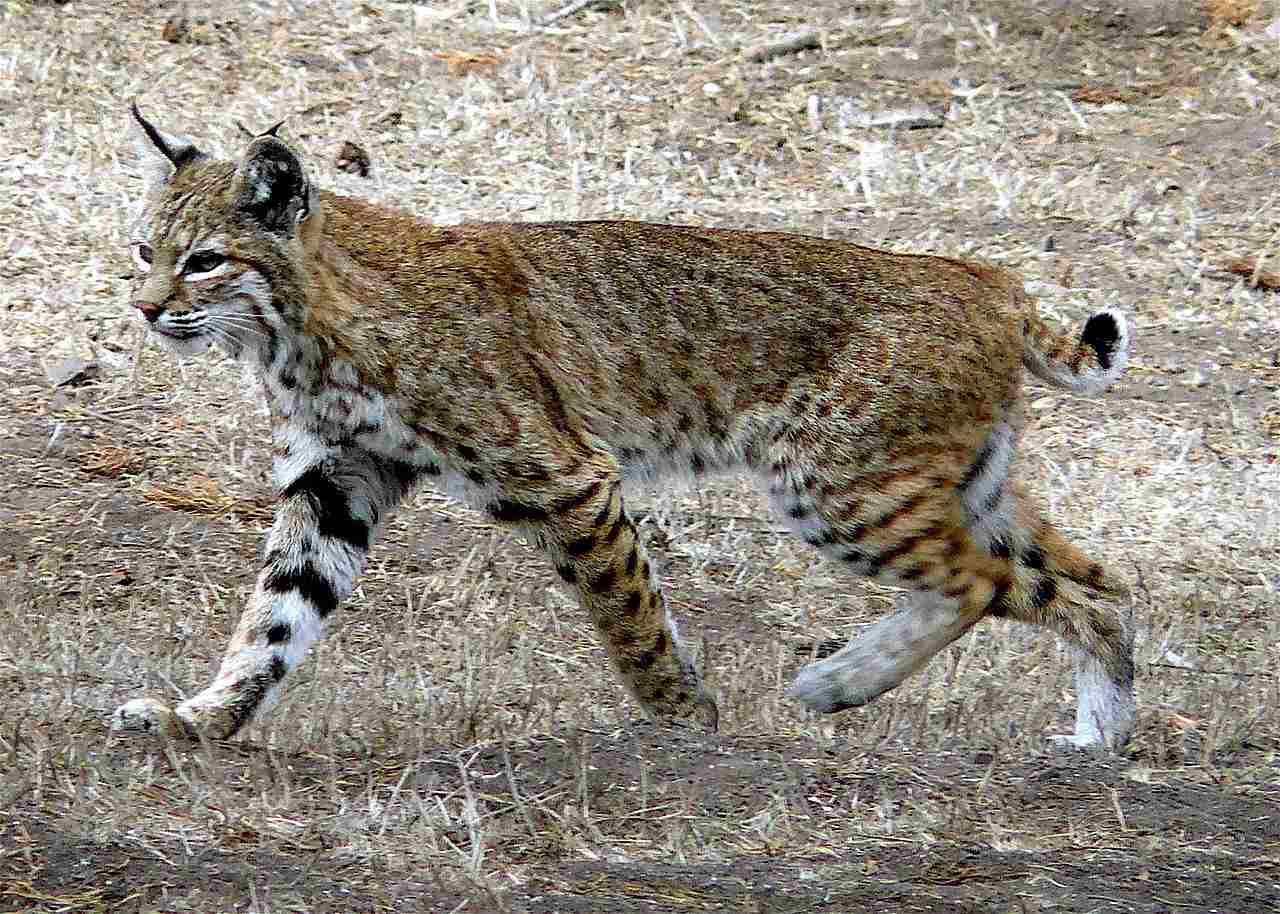
Bobcat:
Short, dense fur with a reddish-brown coat, often displaying distinctive spots or streaks.
Tufted ears, a short tail, and a robust body.
German Shepherd:
Double-coated with a dense, straight or slightly wavy outer coat and a softer undercoat.
Common color variations include black and tan, sable, or all black.
Comparison:
Bobcats have a more compact, feline appearance, while German Shepherds exhibit a longer, more streamlined canine build.
Ecological Implications:
The camouflage of a bobcat aids in hunting smaller prey in various environments, while the German Shepherd’s appearance is versatile for roles like herding or protection.
3. Size:
Bobcat:
Typically smaller, with lengths ranging from 28 to 40 inches (70 to 100 cm).
German Shepherd:
Medium to large size, with an average height of 22 to 26 inches (56 to 66 cm) and a length of 22 to 26 inches (56 to 66 cm).
Comparison:
German Shepherds generally surpass bobcats in size, reflecting their roles in herding and protection.
Ecological Implications:
Size differences impact their ecological niches, with bobcats excelling in stealth and agility, while German Shepherds use their larger size for varied roles, including police and military work.
4. Weight:
Bobcat:
Weighs between 15 to 30 pounds (7 to 14 kg).
German Shepherd:
Typically weighs between 50 to 90 pounds (23 to 41 kg).
Comparison:
German Shepherds are significantly heavier than bobcats.
Ecological Implications:
Weight influences hunting strategies, with bobcats relying on agility, and German Shepherds using their strength for various tasks, such as carrying out search and rescue missions.
5. Bite Force:
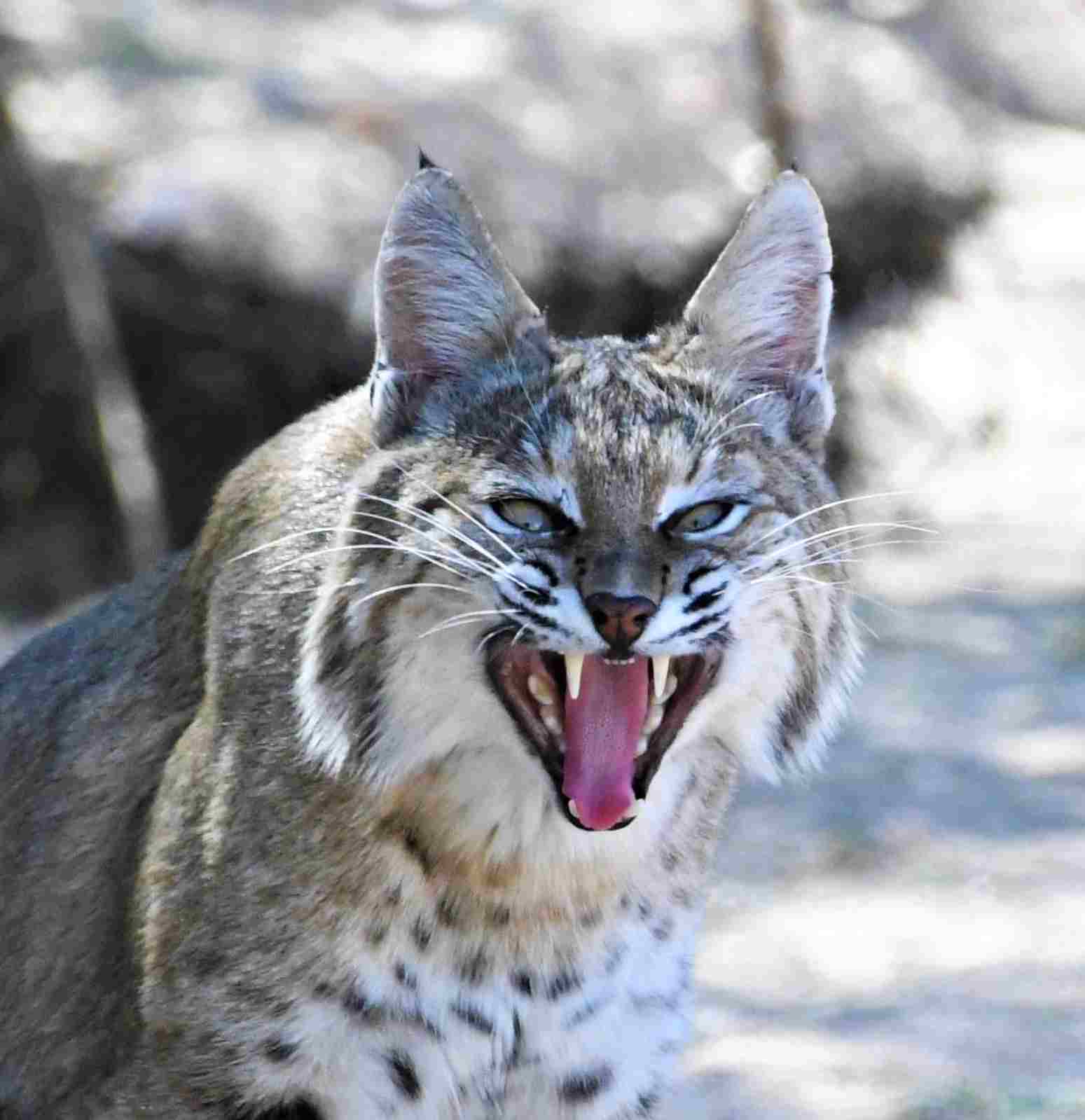
Bobcat:
Estimated bite force around 600 pounds per square inch (psi).
German Shepherd:
Bite force estimated to be around 238 psi.
Comparison:
Bobcats possess a stronger bite force compared to German Shepherds.
Ecological Implications:
The bite force of a bobcat aids in subduing prey, while the German Shepherd’s bite force is adapted for tasks like apprehending suspects or protecting its human companions.
6. Physical Offensive Advantages:
Bobcat:
Sharp retractable claws and strong jaw muscles, facilitating effective hunting.
German Shepherd:
Powerful bite, trained for apprehension and guarding roles.
Comparison:
Bobcats rely on claws for offense, while German Shepherds use their jaws.
Ecological Implications:
This divergence in offensive strategies reflects their respective positions in the food chain and ecological roles.
7. Physical Defensive Advantages:
Bobcat:
Exceptional agility and the ability to climb trees, offering escape from larger predators.
German Shepherd:
Agility, combined with a strong protective instinct, making them effective guardians.
Comparison:
Both species exhibit agility as a primary defense mechanism.
Ecological Implications:
Defensive capabilities contribute to their survival in different ecosystems, with bobcats relying on evasion and German Shepherds on protective behaviors.
8. Speed:
Bobcat:
Agile and capable of reaching speeds up to 30 miles per hour (48 km/h).
German Shepherd:
Agile with a running speed of around 30 miles per hour (48 km/h).
Comparison:
Similar speeds, adapted to their respective hunting and herding needs.
Ecological Implications:
Speed is crucial for hunting in bobcats and herding in German Shepherds, showcasing their specialization in different ecological niches.
9. Agility:
Bobcat:
Remarkably agile, able to navigate through diverse terrains and climb trees.
German Shepherd:
Agile and nimble, essential for herding and performing various tasks.
Comparison:
Both species display high agility, tailored to their specific ecological roles.
Ecological Implications:
Agility contributes to their success in different environments, with bobcats using it for hunting and escape, and German Shepherds for herding and protection.
10. Overall Physical Capacity:
Bobcat:
Well-adapted for stealth, agility, and predatory behaviors.
German Shepherd:
Versatile, excelling in strength, endurance, and agility.
Comparison:
Bobcats emphasize stealth and predatory prowess, while German Shepherds display versatility for various roles.
Ecological Implications:
Their diverse physical capacities contribute to their success in distinct ecological niches.
11. Habitat Preference(s):
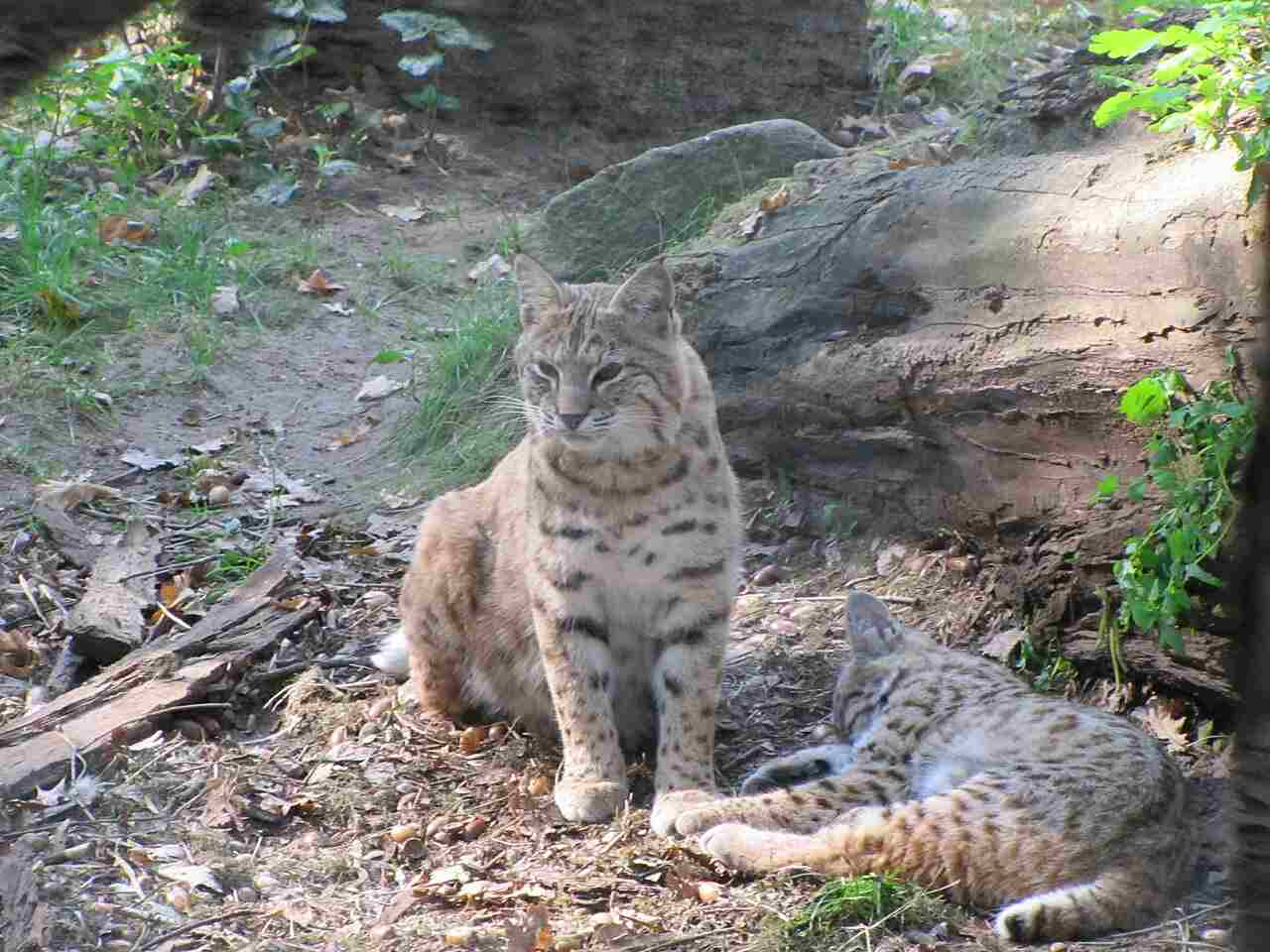
Bobcat:
Found in a range of habitats, including forests, deserts, and urban areas.
German Shepherd:
Domesticated but originally bred for herding, adaptable to various environments.
Comparison:
Bobcats exhibit a broader natural habitat range compared to the adaptable nature of German Shepherds.
Ecological Implications:
The habitat preferences reflect their evolutionary adaptations and interactions with human environments.
12. Tracks:
Bobcat:
Distinctive paw prints with retractable claws, typically showing four toe pads.
German Shepherd:
Claw marks less prominent, showing larger paw prints with distinct toe imprints.
Comparison:
Bobcat tracks emphasize retractable claws, while German Shepherds leave prints reflecting their domestication.
Ecological Implications:
Tracking differences contribute to their ecological roles, with bobcats as stealthy hunters and German Shepherds as human companions.
13. Lifespan:
Bobcat:
Average lifespan ranges from 7 to 10 years in the wild.
German Shepherd:
Typically live around 9 to 13 years.
Comparison:
German Shepherds generally have a longer lifespan than bobcats.
Ecological Implications:
Lifespan differences influence population dynamics, with bobcats experiencing shorter generational turnover compared to German Shepherds.
14. Mode of Feeding:
Bobcat:
Carnivorous, primarily hunting small mammals like rabbits and rodents.
German Shepherd:
Omnivorous, with a diet consisting of both animal and plant-based foods.
Comparison:
Bobcats are strict carnivores, while German Shepherds have a more diverse diet.
Ecological Implications:
Dietary differences contribute to their ecological roles, with bobcats as predators maintaining population balance and German Shepherds as adaptable companions.
15. Social Behavior:
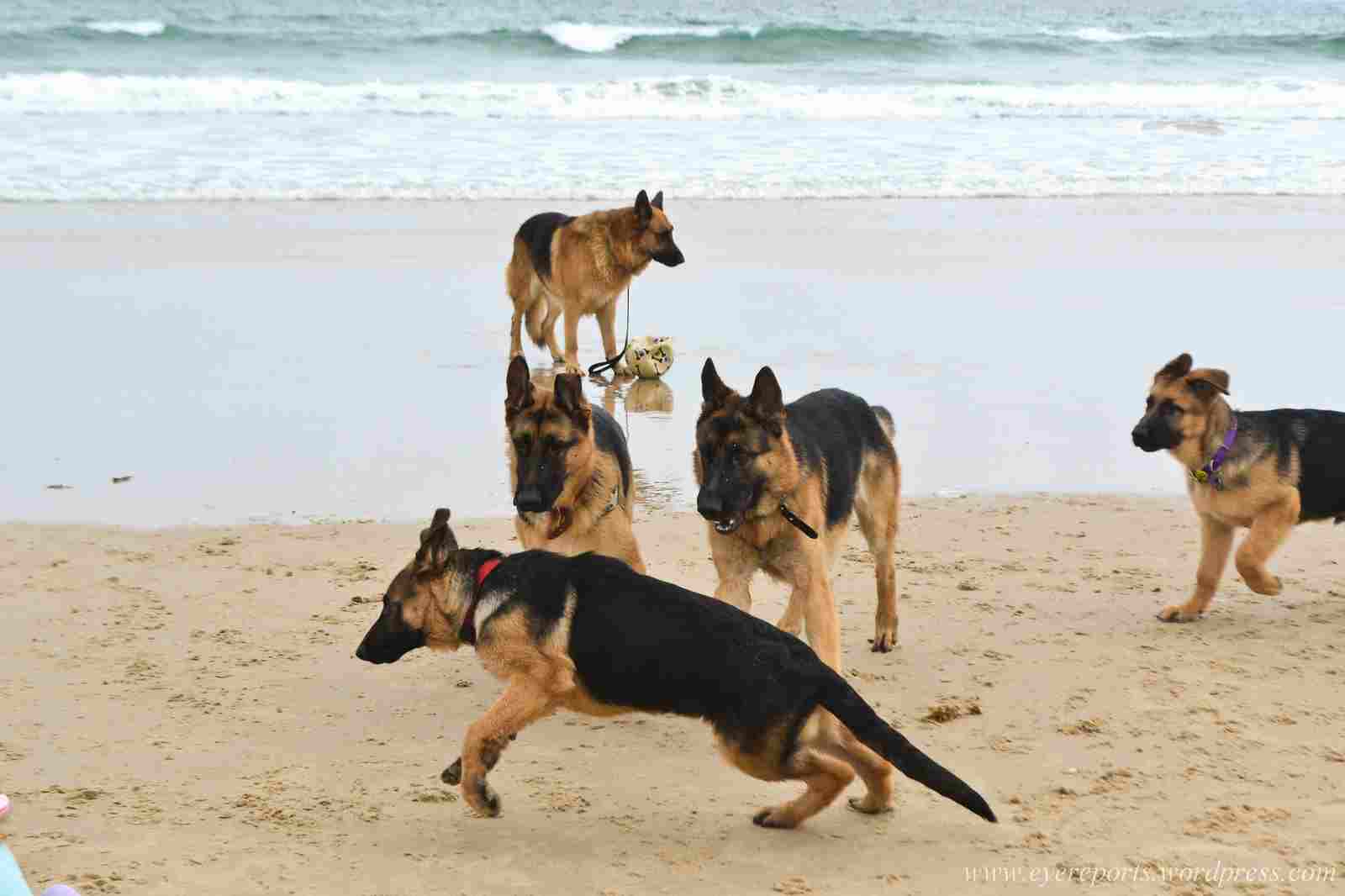
Bobcat:
Generally solitary, except during mating or when raising young.
German Shepherd:
Social animals, forming strong bonds with humans and other dogs.
Comparison:
Bobcats exhibit solitary behavior, while German Shepherds are more social.
Ecological Implications:
Social behavior aligns with their roles in their respective ecosystems, with bobcats as independent hunters and German Shepherds as cooperative herding and working dogs.
16. Mode of Reproduction:
Bobcat:
Seasonal breeders, with a gestation period of around 60-70 days.
German Shepherd:
Domesticated, with breeding often controlled by humans, typically gestating for around 63 days.
Comparison:
Both reproduce sexually, but bobcats follow a more natural, seasonal breeding pattern.
Ecological Implications:
Reproductive strategies align with their ecological roles, with bobcats adapting to natural cycles and German Shepherds influenced by human intervention.
17. Parental Behavior:
Bobcat:
Female bobcats are primarily responsible for raising and protecting their young.
German Shepherd:
Both parents actively participate in raising and protecting their offspring.
Comparison:
Bobcats display more solitary parental behavior, while German Shepherds exhibit cooperative parenting.
Ecological Implications:
Parental behaviors are adapted to their ecological niches, with bobcats focusing on individual care and German Shepherds emphasizing cooperative parenting within social groups.
18. Proximity to Human-Inhabited Areas:
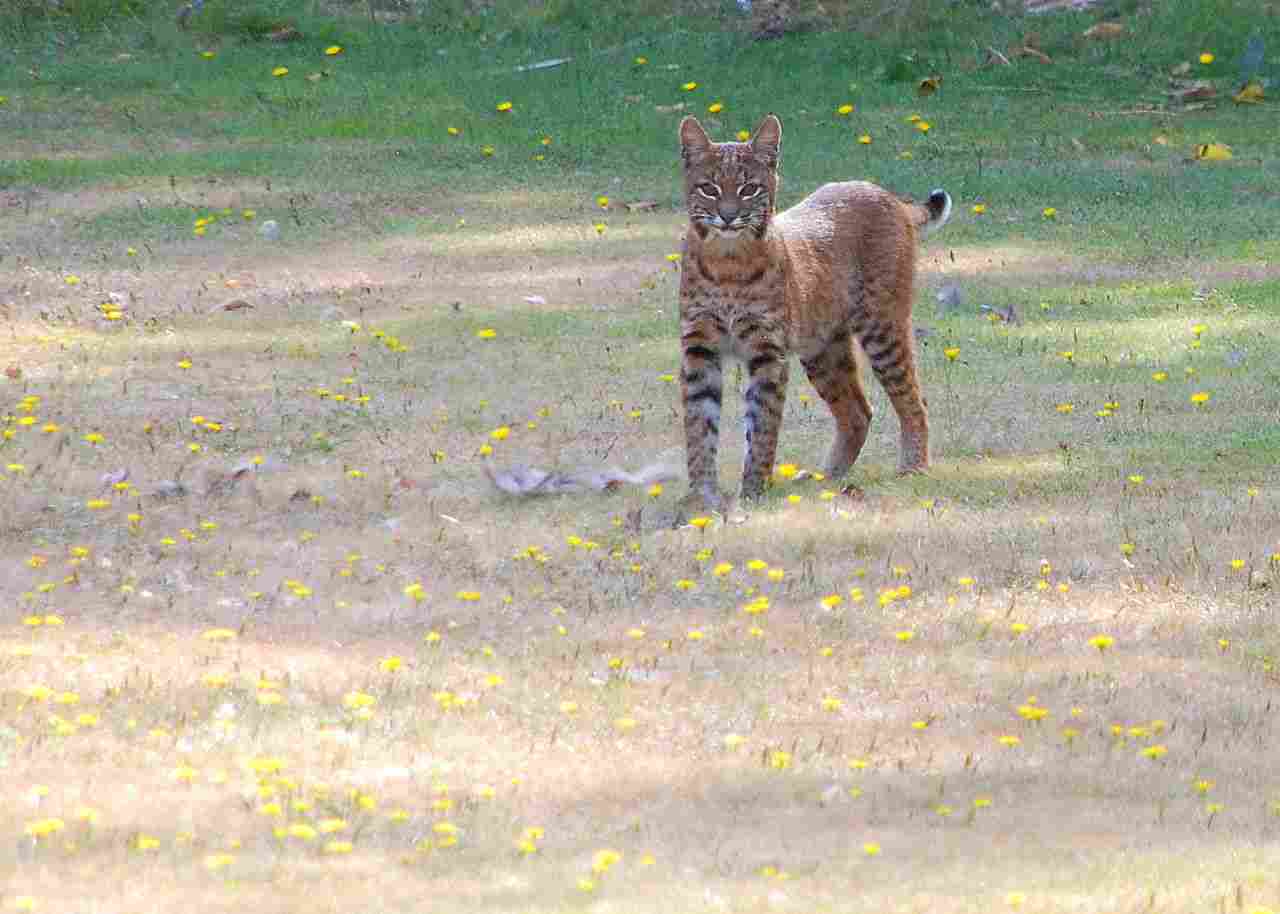
Bobcat:
Can be found in suburban and urban areas but generally avoids direct human interaction.
German Shepherd:
Domesticated and commonly found in human households, adapting well to living in close proximity to humans.
Comparison:
While bobcats may venture into urban areas, German Shepherds are more closely integrated into human communities.
Ecological Implications:
Differences in proximity reflect the domestication of German Shepherds and the adaptability of bobcats to human-altered environments.
19. Behavior Toward Humans:
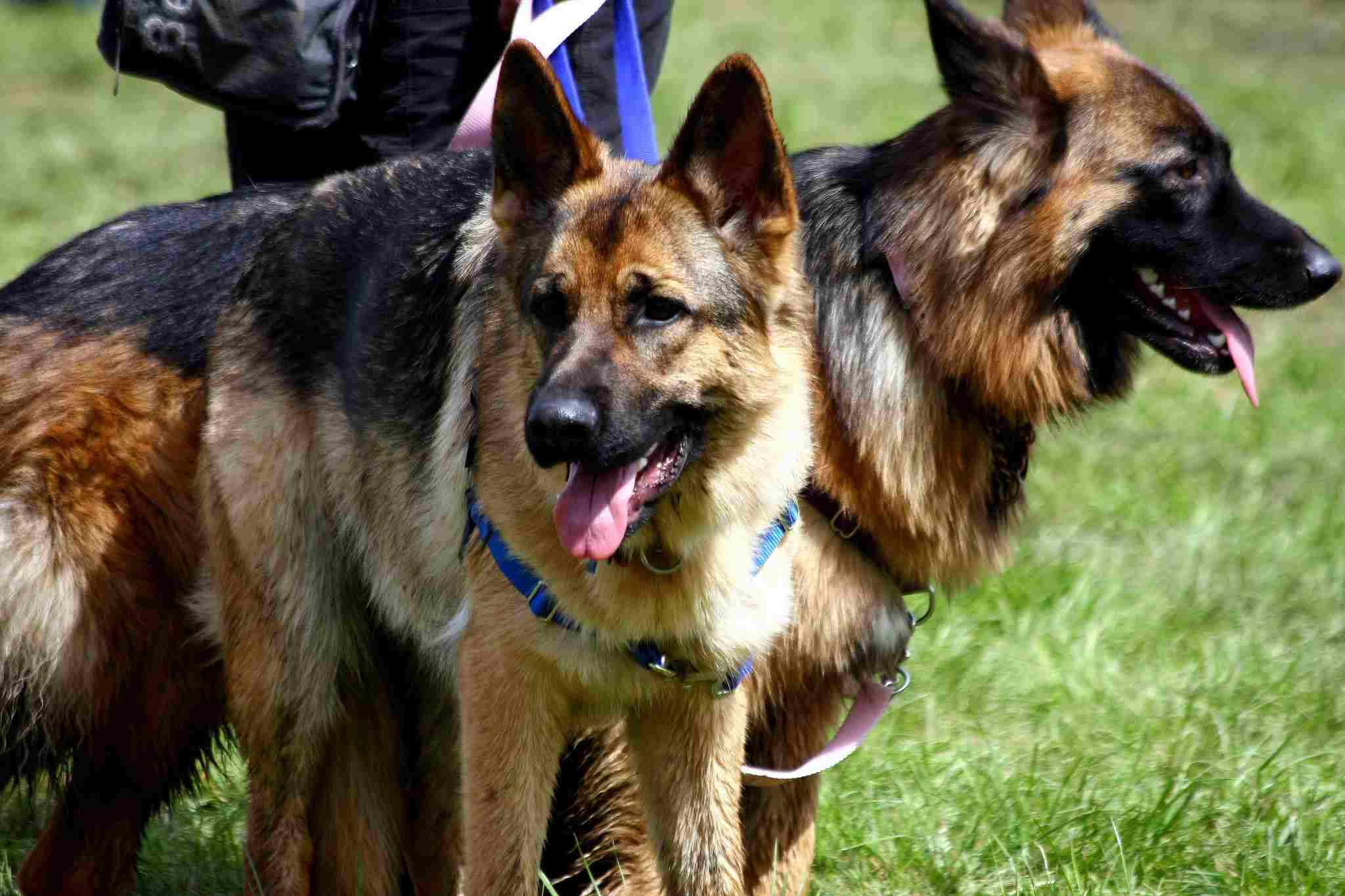
Bobcat:
Typically elusive and avoids direct interaction with humans; can become aggressive if cornered.
German Shepherd:
Generally social and adaptable, forming strong bonds with humans, often used in various roles like companionship, police work, and search and rescue.
Comparison:
Bobcats tend to be more wary and avoidant, while German Shepherds are known for their loyalty and willingness to engage with humans.
Ecological Implications:
Behavioral differences are influenced by the historical relationship between each species and humans, impacting their respective roles in ecosystems.
20. Danger Posed to Humans:
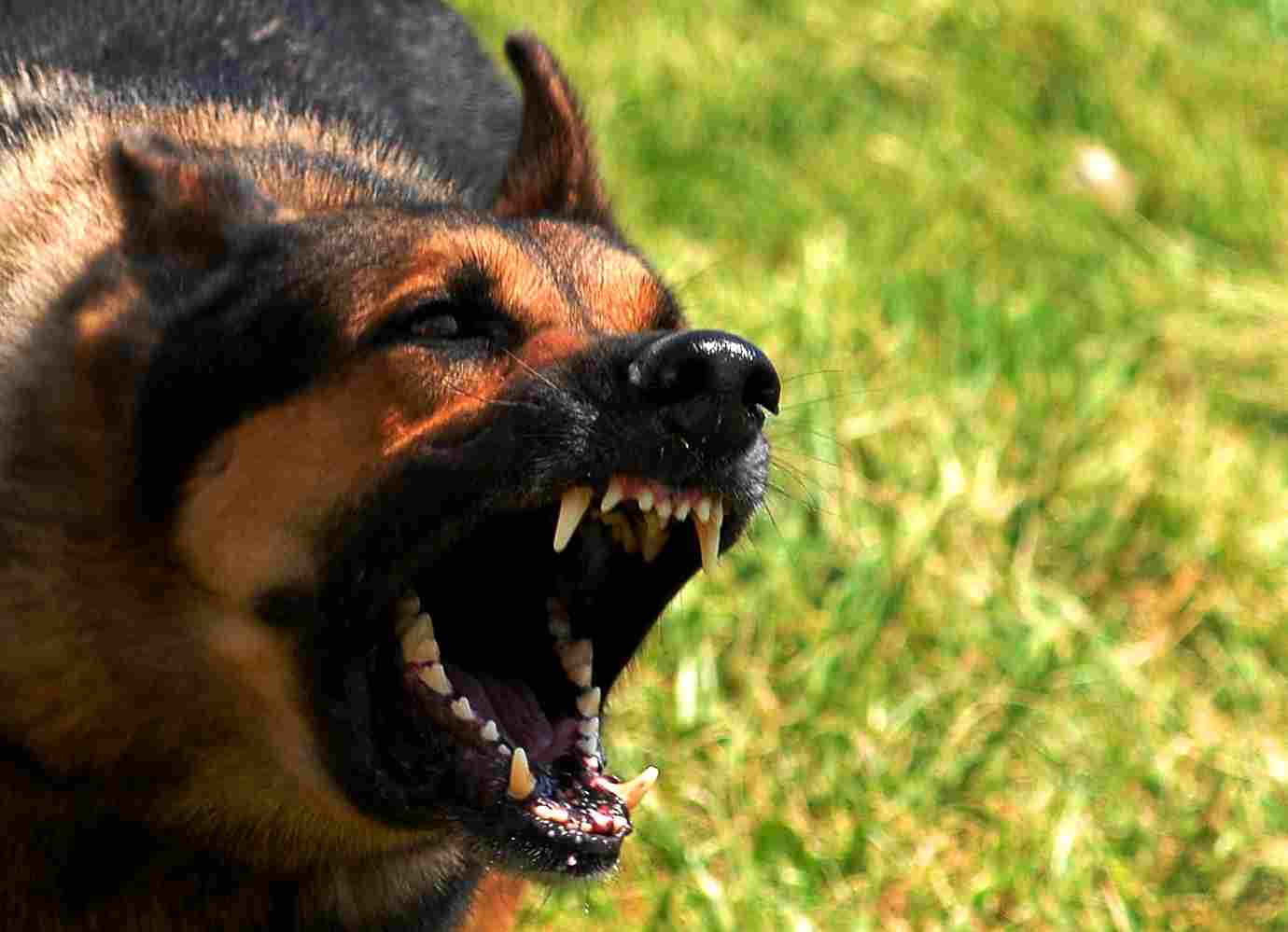
Bobcat:
Rarely poses a threat to humans; attacks are infrequent and often result from feeling cornered or threatened.
German Shepherd:
Generally poses minimal danger, but like any large dog, can display protective behaviors if provoked.
Comparison:
Bobcats are less likely to pose a danger to humans compared to German Shepherds.
Ecological Implications:
The level of danger reflects the species’ natural behaviors and the degree of domestication in the case of German Shepherds.
21. Associated Precautions:
Bobcat:
Caution should be exercised in areas where bobcats are present, with avoidance of direct confrontation and secure trash disposal to minimize attraction.
German Shepherd:
Common precautions include proper training, socialization, and responsible ownership practices to ensure safe interactions.
Comparison:
Precautions with bobcats involve respecting their space, while with German Shepherds, responsible ownership is crucial.
Ecological Implications:
Human interactions require different precautions based on the species’ behavior, contributing to the coexistence or avoidance of these animals in human-dominated landscapes.
22. Conservation Status:
Bobcat:
Generally listed as a species of “Least Concern” by conservation organizations, indicating a stable population.
German Shepherd:
Not classified in conservation terms as they are domesticated and bred by humans.
Comparison:
Bobcats, being a wild species, have a conservation status, while German Shepherds, as a domesticated breed, are not subject to such classifications.
Ecological Implications:
The conservation status reflects the different contexts of a wild species and a domesticated breed.
Summary of Comparison: Bobcat vs. German Shepherd
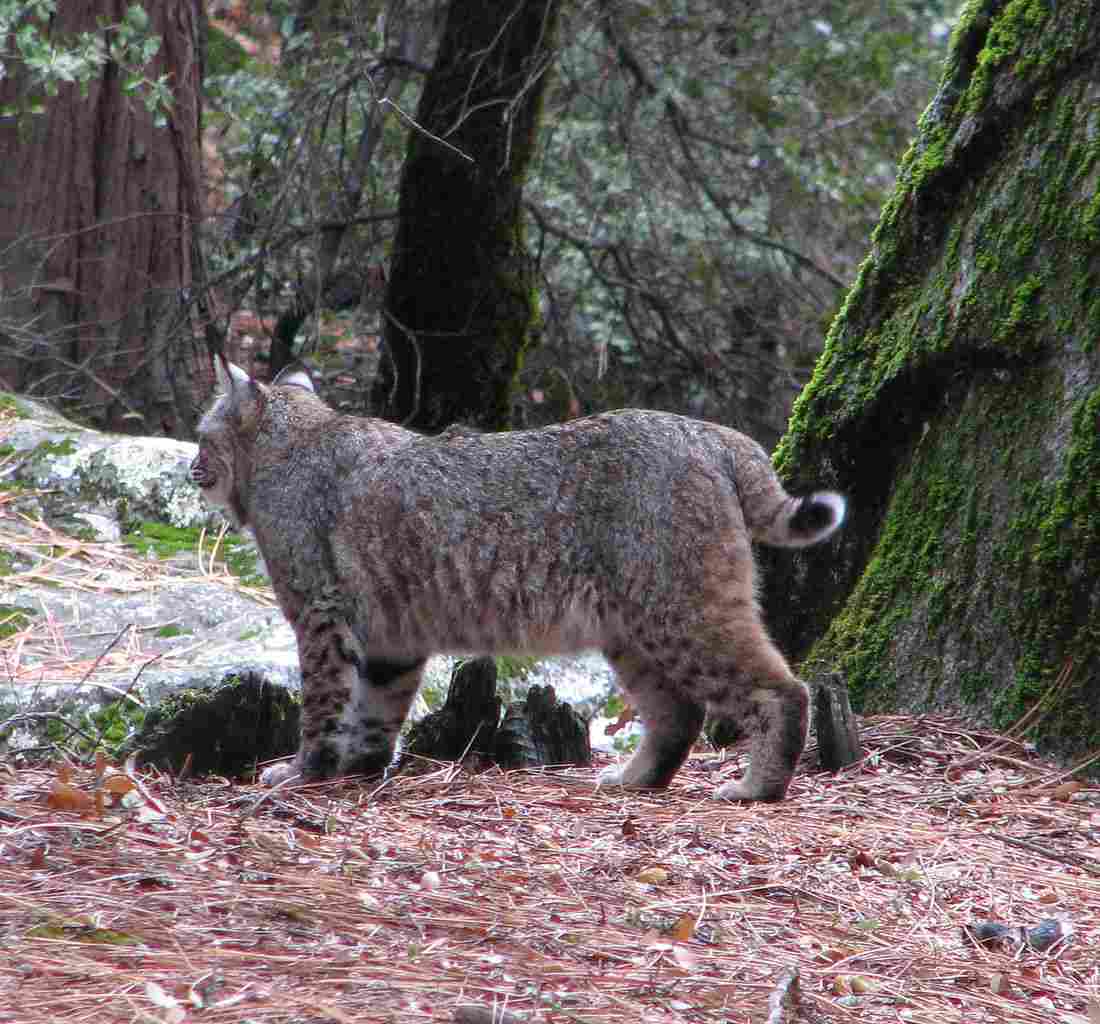
Taxonomy:
Bobcat: Felidae, Lynx rufus
German Shepherd: Canidae, Canis lupus familiaris
Appearance:
Bobcat: Short, reddish-brown fur, tufted ears, compact body.
German Shepherd: Double-coated, various colorations, medium to large build.
Size:
Bobcat: 28-40 inches (length)
German Shepherd: 22-26 inches (height), 22-26 inches (length)
Weight:
Bobcat: 15-30 pounds
German Shepherd: 50-90 pounds
Bite Force:
Bobcat: ~600 psi
German Shepherd: ~238 psi
Physical Offensive Advantages:
Bobcat: Sharp claws
German Shepherd: Powerful bite
Physical Defensive Advantages:
Bobcat: Agility, climbing ability
German Shepherd: Agility, protective instinct
Speed:
Both: ~30 mph
Agility:
Both: Highly agile, adapted to their ecological roles.
Overall Physical Capacity:
Bobcat: Stealth, agility, predatory prowess
German Shepherd: Versatility in strength, endurance, and agility
Habitat Preference(s):
Bobcat: Diverse habitats, including forests and urban areas
German Shepherd: Adaptable to various environments, commonly domesticated
Tracks:
Bobcat: Distinctive paw prints with retractable claws
German Shepherd: Larger paw prints, less prominent claws
Lifespan:
Bobcat: 7-10 years
German Shepherd: 9-13 years
Mode of Feeding:
Bobcat: Carnivorous, hunting small mammals
German Shepherd: Omnivorous, diverse diet
Social Behavior:
Bobcat: Generally solitary
German Shepherd: Social, forms strong bonds with humans and other dogs
Mode of Reproduction:
Bobcat: Seasonal breeders
German Shepherd: Domesticated, breeding often controlled by humans
Parental Behavior:
Bobcat: Female primarily responsible for raising young
German Shepherd: Both parents actively participate in parenting
Proximity to Human-Inhabited Areas:
Bobcat: Found in suburban and urban areas, avoids direct interaction
German Shepherd: Domesticated, commonly found in human households
Behavior Toward Humans:
Bobcat: Elusive, minimal direct interaction
German Shepherd: Social, forms strong bonds with humans
Danger Posed to Humans:
Bobcat: Rarely poses a threat, may become aggressive if cornered
German Shepherd: Generally poses minimal danger, may display protective behaviors
Associated Precautions:
Bobcat: Caution in areas with avoidance of direct confrontation
German Shepherd: Responsible ownership practices, training, and socialization
Conservation Status:
Bobcat: Generally “Least Concern”
German Shepherd: Not classified (domesticated)
Conclusion:
Similarities:
Both bobcats and German Shepherds belong to the class Mammalia and share common characteristics as mammals, such as fur, live births, and parental care.
Differences:
Divergent evolutionary paths have led to distinct ecological roles, behaviors, and adaptations, with bobcats as wild predators and German Shepherds as domesticated, versatile companions. Understanding these differences is crucial for coexistence and responsible management of both species.
